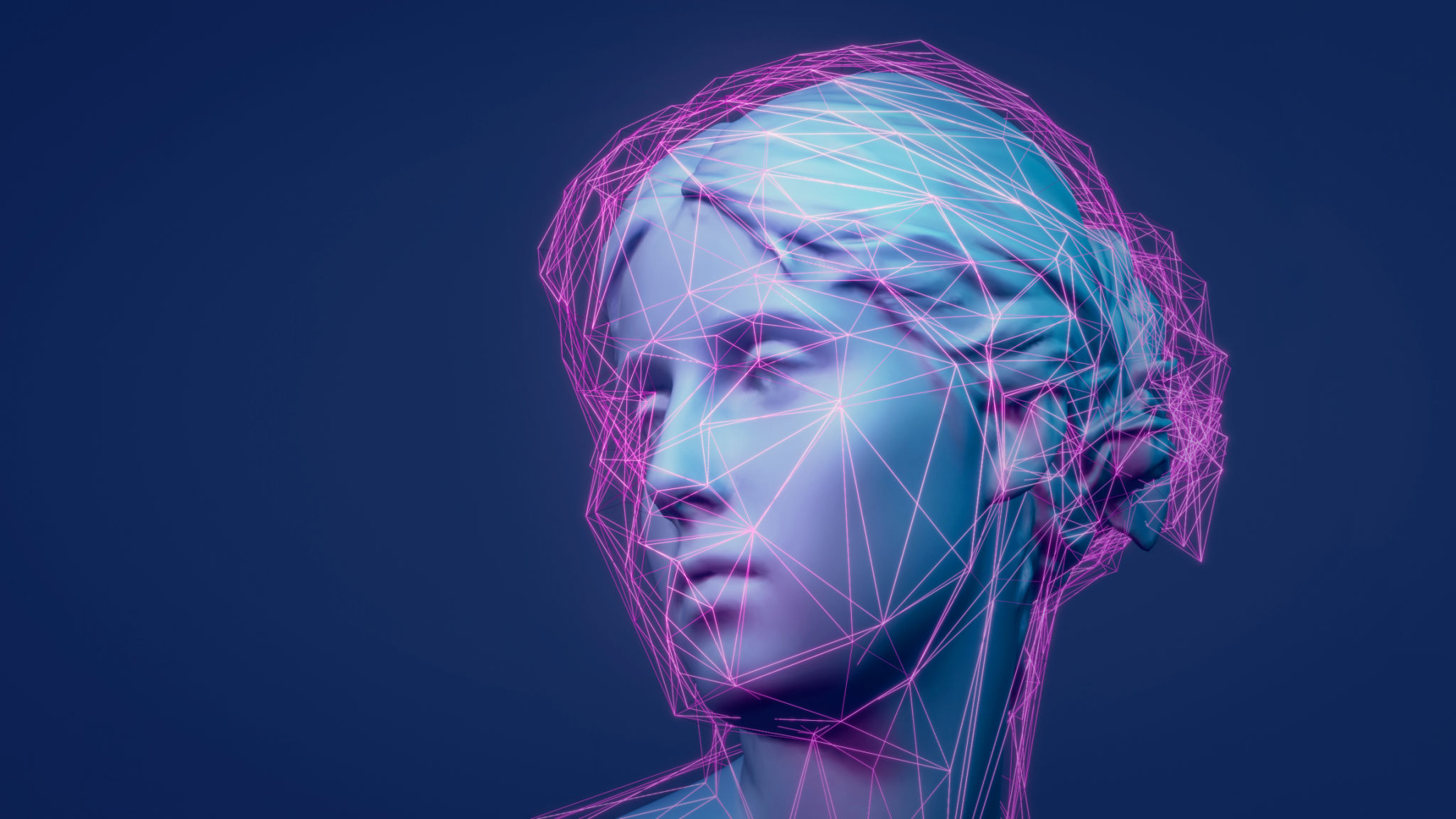Expert Insights: Top UI/UX Design Trends Shaping the Digital Landscape
Understanding the Rise of Minimalism in UI/UX Design
In recent years, minimalism has become a dominant force in UI/UX design, emphasizing simplicity and clarity. This trend focuses on reducing clutter and using whitespace effectively, allowing users to engage with content without unnecessary distractions. Minimal designs often incorporate bold typography and simple color palettes, creating a clean and elegant interface that enhances user experience.

One of the main advantages of minimalism is its ability to improve loading times and responsiveness. By eliminating superfluous elements, websites and applications can perform more efficiently, providing a seamless experience across various devices. As digital interactions continue to evolve, minimalism remains a key trend for designers aiming to create intuitive and user-friendly interfaces.
The Role of Microinteractions in Enhancing User Engagement
Microinteractions are subtle animations or design elements that guide users through an interface while providing feedback or enhancing usability. These small yet impactful features can include anything from a button changing color when hovered over to a progress bar indicating the completion of a task. When executed well, microinteractions contribute significantly to user engagement and satisfaction.
Designers increasingly incorporate microinteractions to add personality and interactivity to their designs. These elements can make an interface feel more alive and responsive, keeping users engaged and encouraging them to explore further. As the digital landscape continues to prioritize user-centric design, microinteractions will play an essential role in creating memorable experiences.

Embracing Dark Mode for User Comfort
Dark mode has gained popularity as a prominent UI/UX trend due to its benefits in reducing eye strain and saving battery life on OLED screens. This feature provides a darker color scheme for interfaces, making it easier on the eyes during nighttime use. Many apps and websites now offer dark mode as an option, allowing users to switch between light and dark themes based on their preferences.
The rise of dark mode highlights the importance of adaptable design in meeting user needs. By offering customizable options, designers can cater to diverse user preferences, ensuring a comfortable and personalized experience. As more users become aware of the advantages of dark mode, its integration into digital platforms is expected to expand.
The Influence of Voice User Interface (VUI) on UI/UX Design
Voice User Interfaces (VUIs) have revolutionized the way users interact with technology, offering hands-free convenience and accessibility. With the increasing adoption of voice-activated devices like smart speakers and virtual assistants, designers are exploring new ways to integrate voice commands into digital experiences. VUIs open up opportunities for creating more inclusive designs that cater to users with disabilities or those seeking a more natural interaction method.

As voice technology continues to advance, it challenges designers to think beyond traditional visual interfaces. Crafting an effective VUI requires understanding speech patterns, context, and user intent. By focusing on these aspects, designers can create more intuitive voice interactions that enhance overall user satisfaction.
Augmented Reality (AR) and Its Impact on User Experience
Augmented Reality (AR) is transforming the way users engage with digital content by overlaying virtual elements onto the real world. This trend has significant implications for UI/UX design, offering immersive experiences that blend physical and digital realities. Industries such as retail, education, and entertainment are embracing AR to provide interactive and engaging customer experiences.
Designers must consider factors like spatial awareness and user interaction when creating AR interfaces. By leveraging AR technology, they can craft unique experiences that capture users' attention and offer new ways of interaction. As AR continues to gain traction, it will undoubtedly shape the future of UI/UX design.

